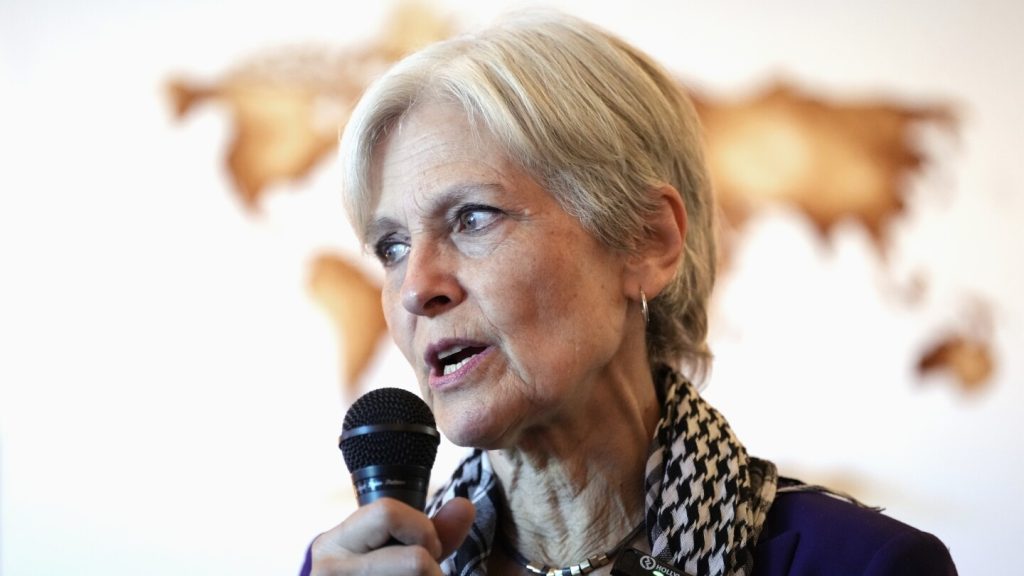The panel rejected Stein’s argument that LaRose’s “unprecedented” action was a violation of her constitutional rights. The appeals court gave the case a more immediate time frame to adjudicate, expediting the briefing scheduled for a mid-November submission to December 1. “Meanwhile, there is a significant risk of confusing or misleading citizens who might have planned to vote for Stein only to discover at the last minute that every vote was void and would not count,” the panel wrote. “That risk suggests that we should resolve the issues on an expedited basis.” But it found that LaRose’s decision to reject Stein’s votes was supported under state law. Voting by the informal party committee wasn’t enough, because the Green Party had been defunct in Ohio for years. Appeals court Judge Amul Thapar, a Trump appointee, wrote separately to agree with the majority’s decision on the injunction and the underlying appeal. U.S. District Judge James D. Cain Jr. in Columbus denied Stein’s initial request for an injunction last month.
LaRose and the Republican-controlled Ohio Legislature have been working to change Ohio voting laws to make it harder for minor parties to participate in elections. The state’s GOP-run elections board tied to restrict the number of minor parties listed on the ballot in 2022 — voting to require minor parties to get 1% of the vote for governor or president to participate in elections. The board passed the requirement against the advice of LaRose and without providing any evidence of voter confusion. More than 500,000 Ohioans have voted for Green Party or Libertarian Party candidates in the last 20 years — an amount large enough for both parties to qualify as political parties in Ohio. The GOP controlled board ignored recommendations to lower the threshold. Stein said the changes appear to have been driven by a desire to keep her off the ballot. Stein’s lawsuit also focused on the implications of the Green Party’s disqualification in 2014 after poor performance in the governor’s race.
Green Party candidates in Ohio would need to meet the 1% requirement to have their names printed on future ballots in the state. In the meantime, their votes will count as write-in candidate ballots rather than for the designated party. Efforts to ensure votes for Stein would be counted involved collecting individual affidavits from voters declaring under penalty of election falsification that they wanted their votes for Stein to be counted as written. While it is unclear how many votes Stein might have gotten in Tuesday’s election, these efforts show a commitment to making sure that every voter’s voice is heard regardless of the outcome. The court’s decision brings an end to the uncertainty that surrounded Stein’s candidacy and the fate of her votes in Ohio. It remains to be seen how this will impact the Green Party’s presence in future elections in the state and how it might influence the broader political landscape in Ohio. The ruling sets a precedent for how minor parties are treated in the state and could have long-lasting implications for third-party candidates seeking to run for office in Ohio.


